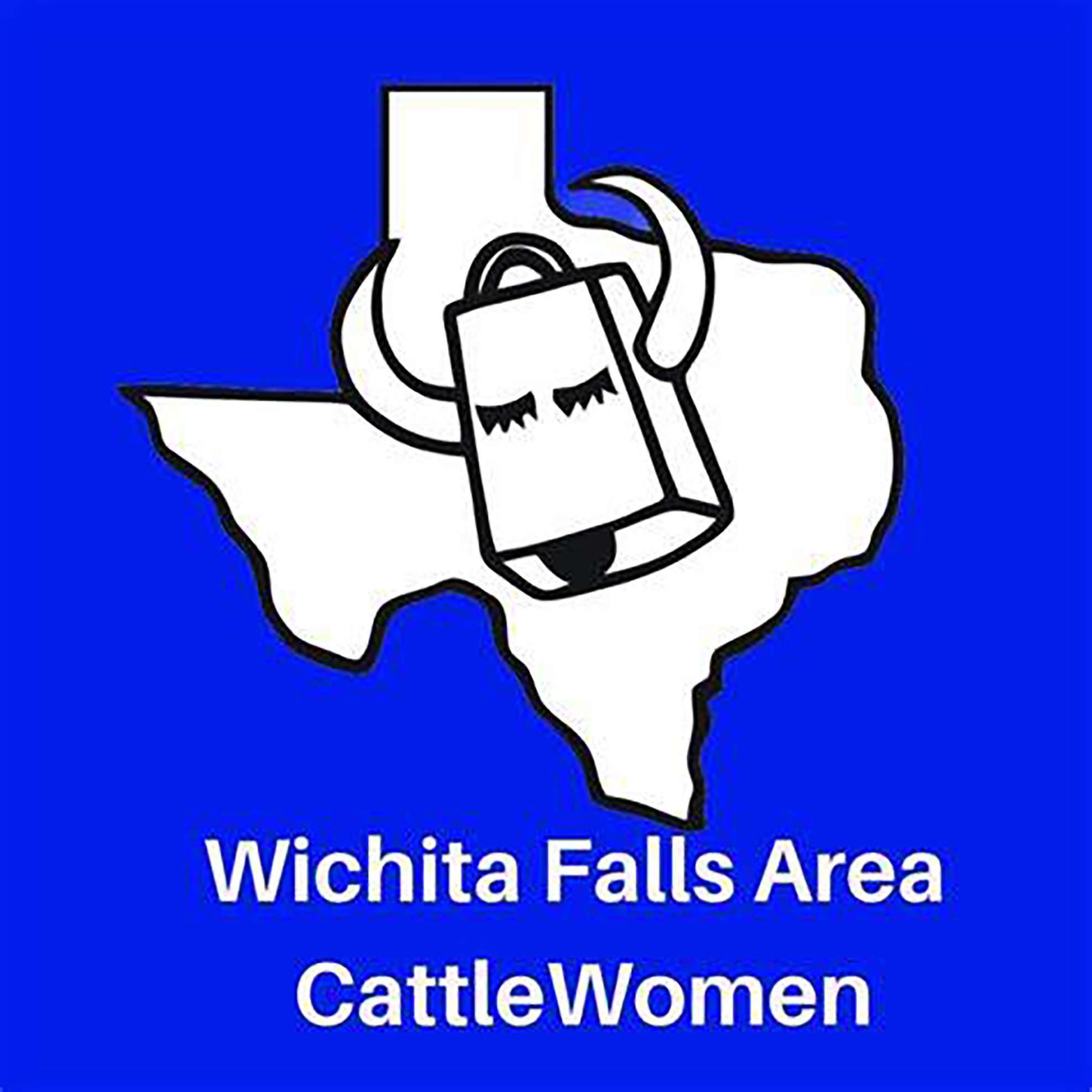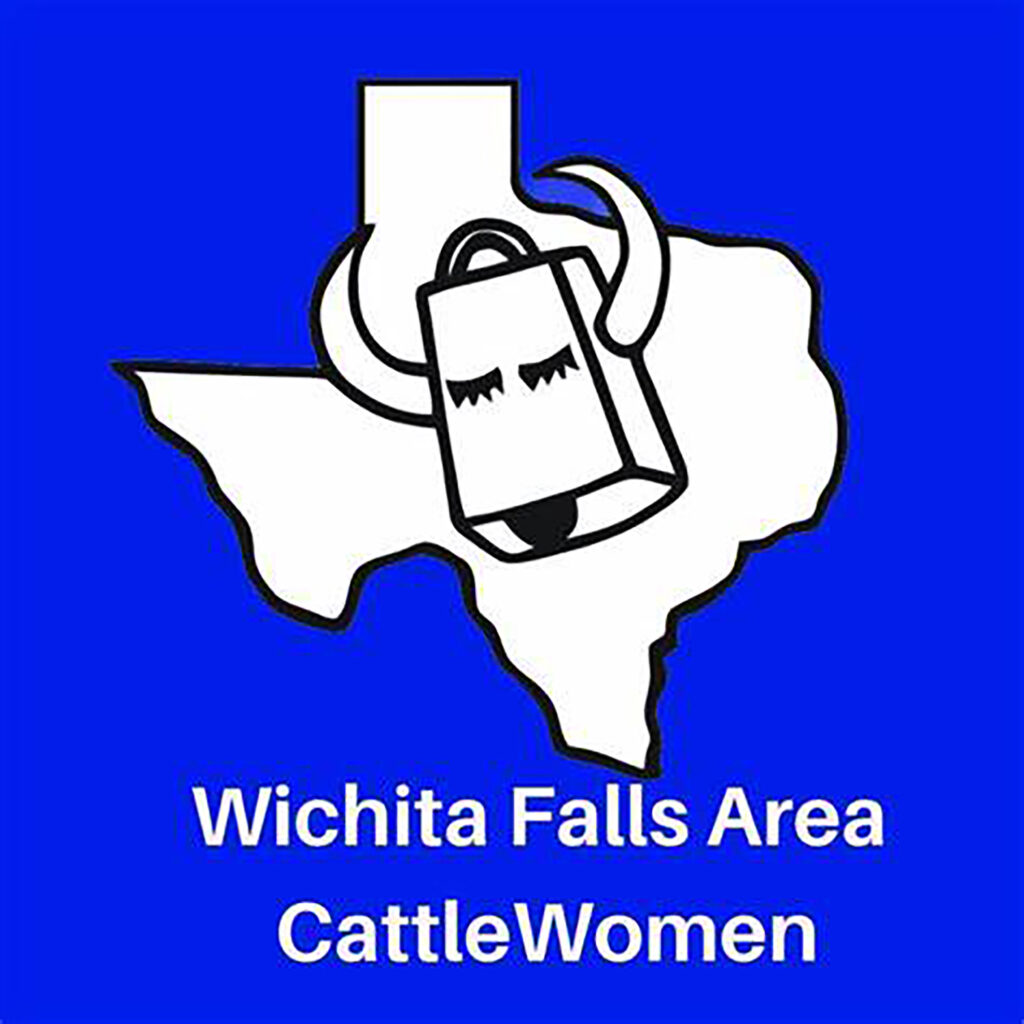HOME
Living to tell — Comanche Captives, the Babb Siblings

By Jessica Crabtree
In continuance of last month’s article featuring Thomas Jefferson “Jeff” Waggoner, another historical piece can be written in association with Waggoner. The link is Waggoner’s sister Mary Ella Waggoner Babb. Mary Ella married Hernandez Cortez “Court” Babb in 1879 in Wise County.
Court was born June 8, 1850, in Sauk County Wisconsin. The eldest of four, his father was John S. Babb and mother, Isabel Ann Jenkins Babb. Mr. Babb was Ohio-born in 1818 while all that is known about Isabel’s birth is that the year was 1824 in Ohio. Her life was cut short by an unexpected turn of events.
Mr. Babb and wife Isabel moved from Ohio, then to Wisconsin, before heading south to Texas in 1854. Forming a family, Isabel and Mr. Babb, along with sons Court and Theodore Adolphus, “Dot,” forged the track to Texas in a two-horse wagon. After reaching the mighty Red River, the boundary between Indian Territory and Texas, their journey was halted by flood waters from the swollen Red. While the family waited, their third child, a daughter named Bianca “Banc” Babb Bell was born. Thereafter, the family came to settle in Wise County near present day Chico.
The unimaginable happened in September of 1865. According to the information found coinciding with Bianca’s records, Mr. Babb and son Court left that fateful September, driving cattle up to Fort Smith, leaving his wife, son and now two daughters with the help of a young widow named Mrs. Luster. Not long after John S. and Court’s departure, a Comanche party of more than 35 braves surrounded the Babb homestead. While there was little to no warning, the Babb family took refuge in their home before being invaded by Indians.
To read more pick up a copy of the November 2018 NTFR issue. To subscribe call 940-872-5922.
HOME
Preparing Spring Gardens

By Hannah Claxton | Editor
The North Texas area is located within USDA Hardiness zones seven and eight. The zones are categorized by predicted low temperatures for winter and timing of the first and last frosts.
Zone seven usually has winter low temps between 0 and 10 degrees F with the average date of the first frost falling between Oct. 29 and Nov. 15 and the average date of the last frost falling between March 22 and April 3.
Overall, these two zones have similar climates and growing conditions, making the options for timing and variety within a garden very similar.
In these zones, cool-season crops should go in the ground in March, meaning that soil preparation should start now.
To read more, pick up a copy of the January edition of North Texas Farm & Ranch magazine, available digitally and in print. To subscribe by mail, call 940-872-5922.

HOME
Equine Vaccinations

By Heather Lloyd
Vaccinations are a critical component of maintaining the health and well-being of horses, especially in environments where they are exposed to other animals, such as in the sport, show and performance arenas. Horses, like all animals, are susceptible to various infectious diseases that can spread quickly and cause serious harm.
A routine vaccination schedule helps prevent the spread of these diseases by preparing the horse’s immune system.
To read more, pick up a copy of the November edition of North Texas Farm & Ranch magazine, available digitally and in print. To subscribe by mail, call 940-872-5922.

HOME
Wichita Falls Area Cattlewomen

Having herds on a controlled breeding schedule means that we have a predictable calving schedule, and while it’s only over a couple of months, for us it does fall right after the start of the year. I lobby annually to call ours the “Winter calving season”, but I am outvoted and my husband still refers to it as Spring. Unlike producers in our Northern States, we don’t have to contend with brutally harsh winter weather, and on those rare times we do, thankfully it is not for extended periods. Regardless of whether you have a Spring or a Fall calving schedule, the health of a newborn calf begins with the mother’s health, and the mother’s health is largely dependent on the producer.
To read more, pick up a copy of the November edition of North Texas Farm & Ranch magazine, available digitally and in print. To subscribe by mail, call 940-872-5922.

-

 Country Lifestyles2 years ago
Country Lifestyles2 years agoScott & Stacey Schumacher: A Growth Mindset
-

 Country Lifestyles8 years ago
Country Lifestyles8 years agoStyle Your Profile – What your style cowboy hat says about you and new trends in 2017
-

 HOME8 years ago
HOME8 years agoGrazing North Texas – Wilman Lovegrass
-

 Outdoor10 years ago
Outdoor10 years agoButtercup or Primrose?
-

 Country Lifestyles5 years ago
Country Lifestyles5 years agoAmber Crawford, Breakaway Roper
-

 Equine1 year ago
Equine1 year agoThe Will to Win
-

 Country Lifestyles9 years ago
Country Lifestyles9 years agoJune 2016 Profile – The man behind the mic: Bob Tallman
-

 Country Lifestyles8 years ago
Country Lifestyles8 years agoDecember 2016 Profile, Rusty Riddle – The Riddle Way




